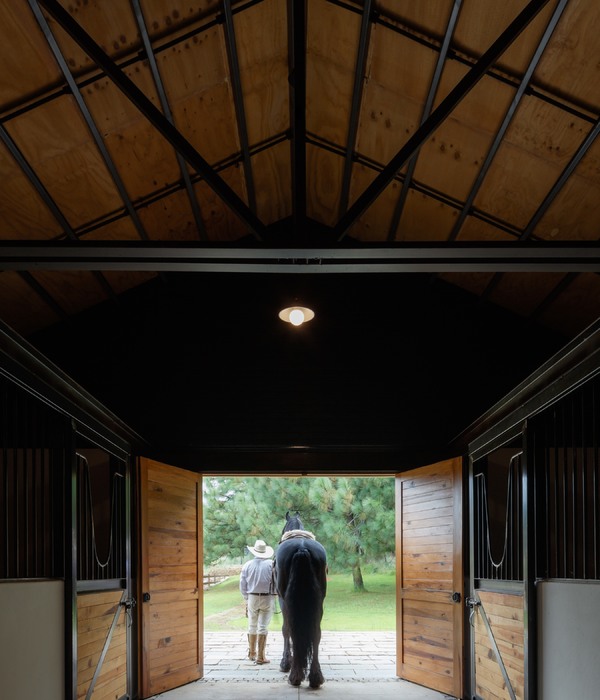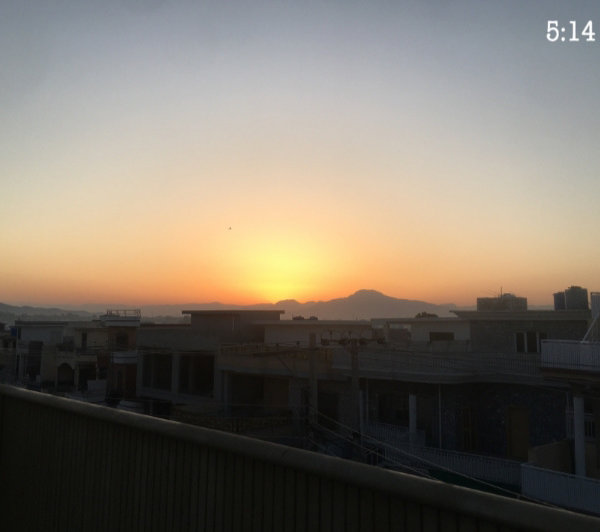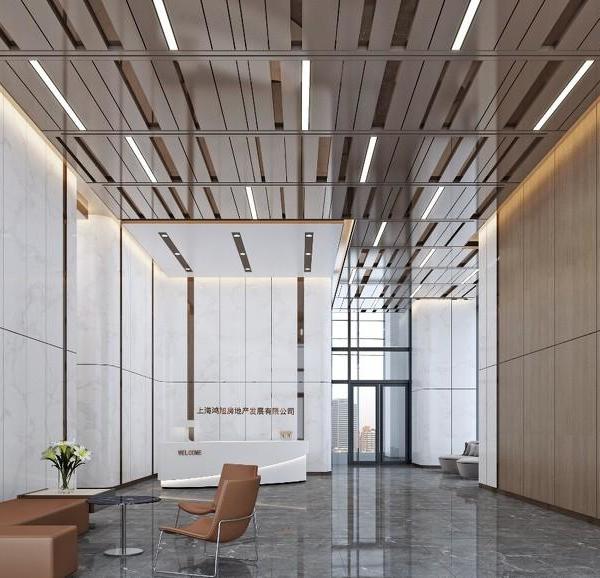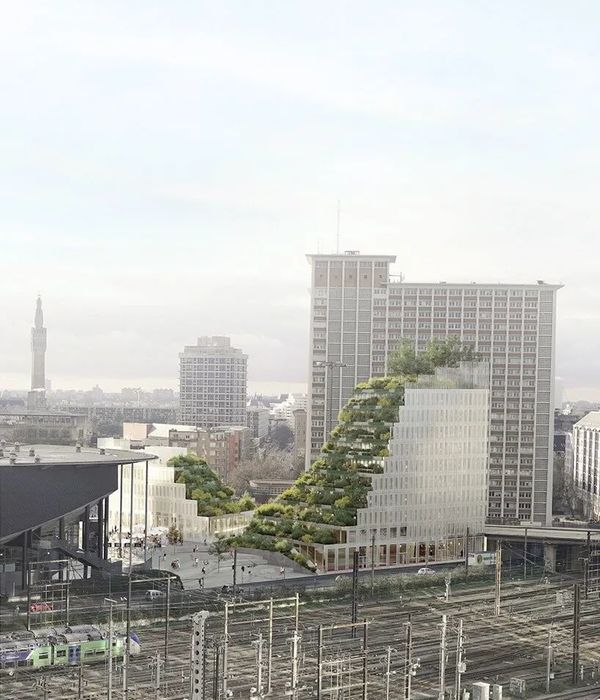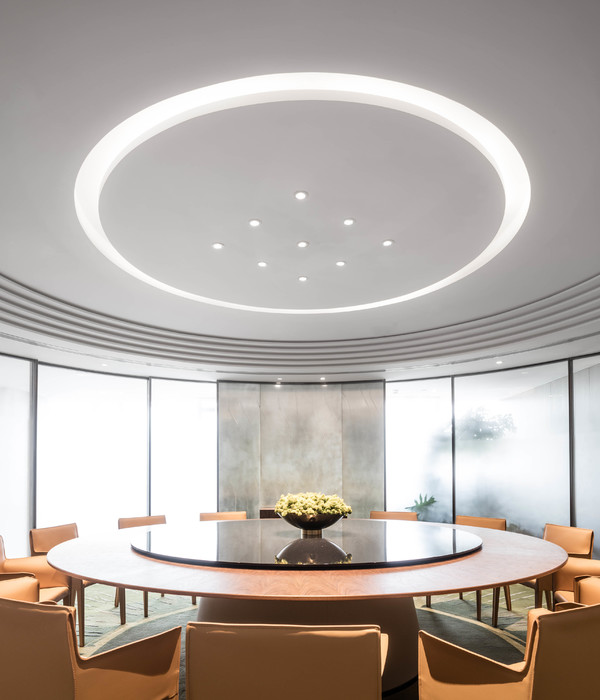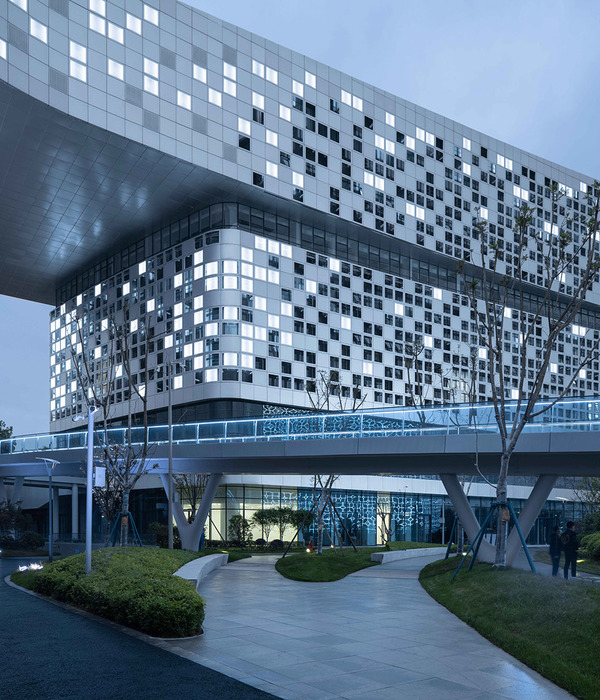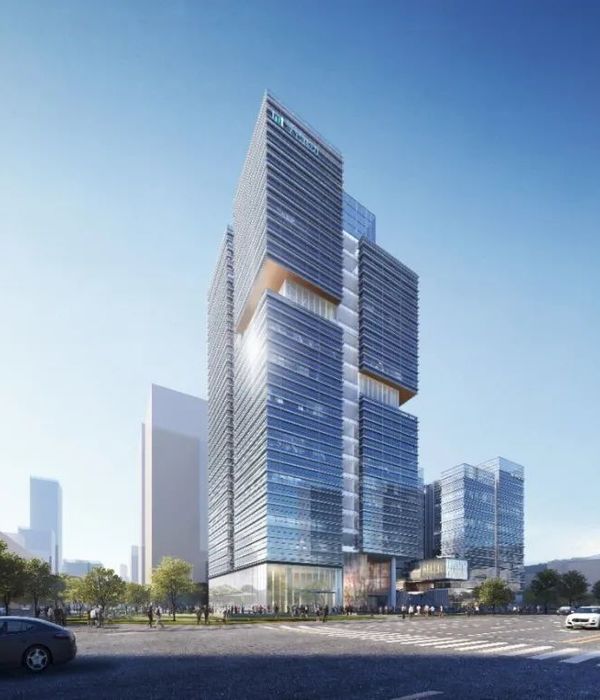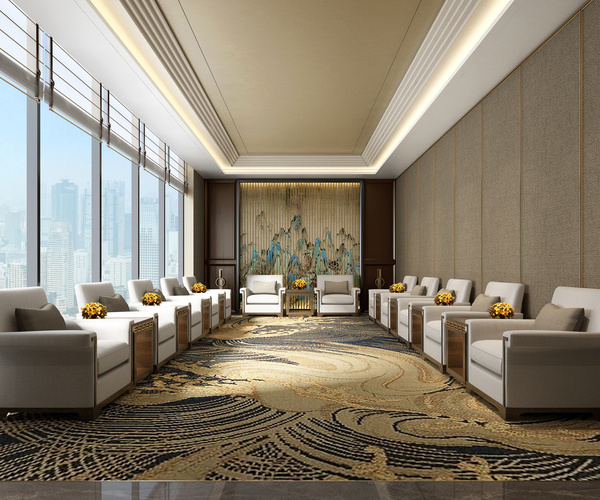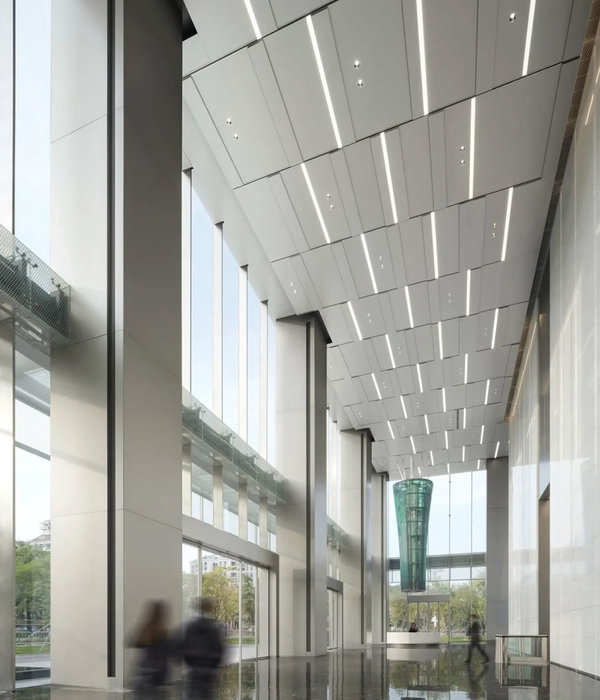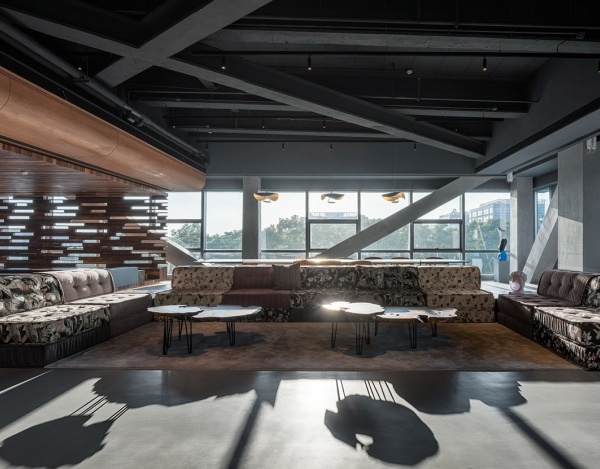The Groenmarkt project is the result of a competition announced and assessed by the city of
and its local residents. The two newly built apartment blocks are self-contained and create an enclosed car-free neighborhood square.
The apartment block at the Marnixstraat responds to the nineteenth-century protected cityscape in materialization and detailing. It contains four apartments in total and has a small-scale commercial space on the ground floor. All of the apartments are accessed from the ground floor, with their own entrance positioned at the Marnixstraat.
The apartment block at the Singelgracht is a contemporary and transparent building. Here, the idea of the typical nineteenth-century enclosed
building block is turned inside out so the building becomes green and informal. To all intents and purposes, the building is sustainable and focuses on people, plants, and animals. The main entrance is positioned on the square side. Small-scale commercial spaces live up both of the southern corners of the building. The apartments on the ground floor are half-sunken maisonettes with their own front door and outside spaces situated on either the street or the square side.
The roof is entirely designed as a nature-inclusive garden with a natural swimming pool and a dune landscape. Sandy Hills and the countless native (and sometimes rare!) dune plants are ideally suited to the ever-windy conditions on the roof. The black pines are crooked on the southwest wind; shell paths meander between them. In the middle of this water-absorbing dune landscape lies a sleek swimming pool, terrace, and a beach pavilion where the residents can take full advantage. Just like on the coast itself, it is also great to stay there when it storms. Here, in the middle of
, bees buzz off and on, and the noise of the city in the background suddenly seems like the murmur of the sea; the screeching of the flying seagulls does the rest.
Building this way is like multiplying landscapes. What we take and occupy at ground level, we return at height. The facades are an additional layer to this: They are inhabited by people, plants, birds, bats, and insects. In this way, we don't make the world smaller but bigger
{{item.text_origin}}

